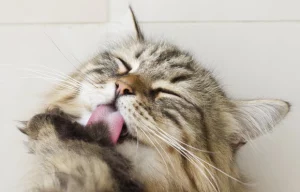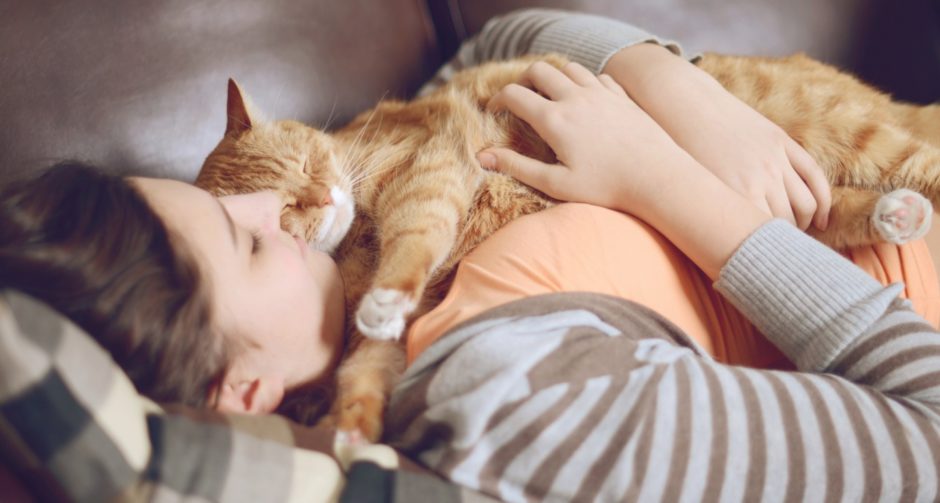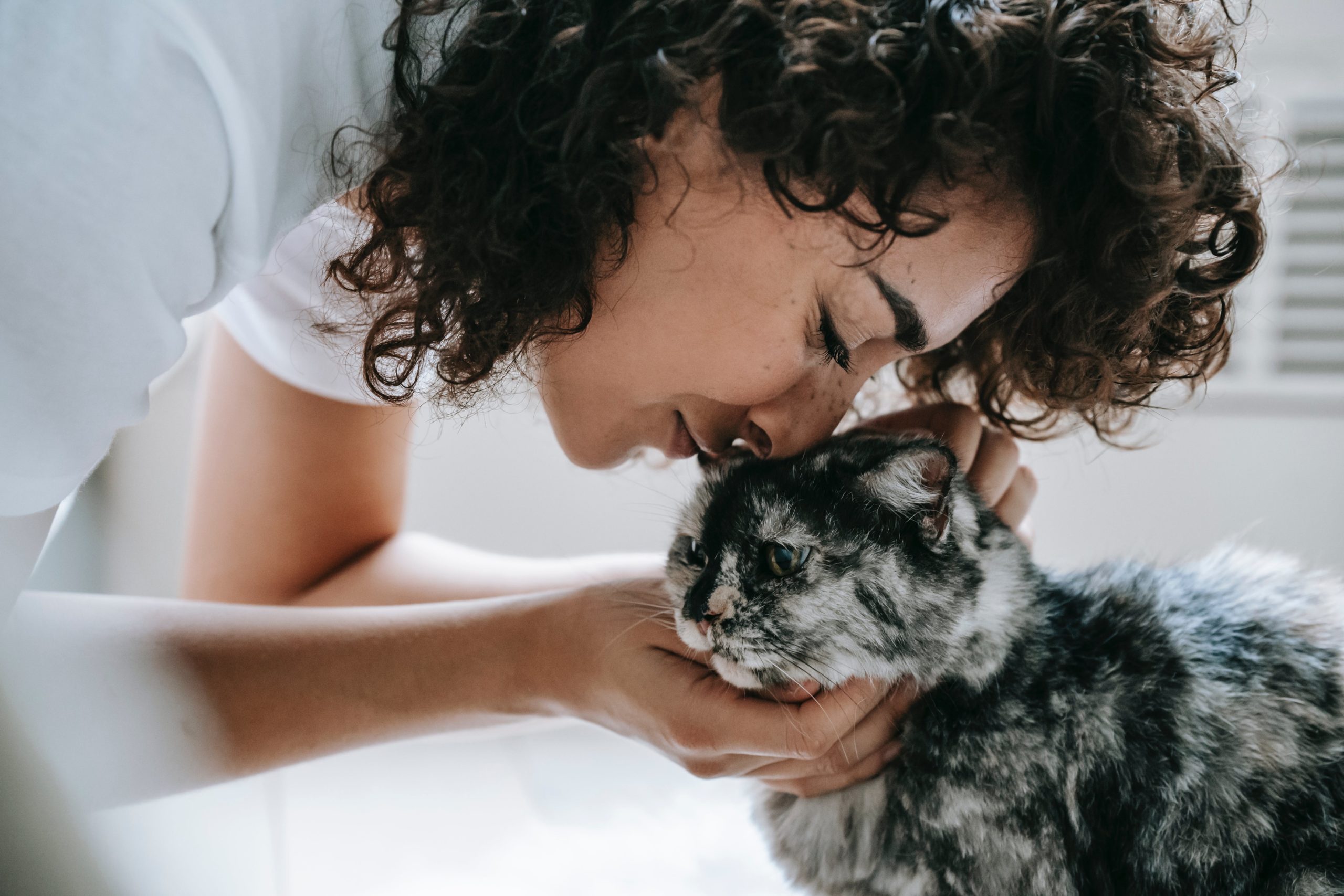
Cats are known for their unique ways of communicating, and one of the most intriguing ways they express affection is through nose touches. When cats bump noses, it may appear like they are kissing each other, but this behavior is a form of greeting. Whether they touch noses with each other or bunt you with their head, cats use body language as a primary means of communication. In this article, we will explore the significance of nose touches in cat behavior and what they can tell us about their emotions.
Understanding Cat Greetings
Cat greetings typically begin with face-to-face physical interaction. This seemingly simple action serves a crucial purpose – the release of pheromones. When cats touch noses, they exchange scents, which helps them get to know each other better. Additionally, cats also engage in a behavior known as “butt sniffing,” where they sniff each other’s rear ends as a form of greeting. This behavior may seem strange to humans, but for cats, it’s an important part of their communication process.
Smell plays a vital role in a cat’s life due to their Jacobson’s organ, located behind their nasal passage. This organ works in conjunction with its olfactory system to absorb information by picking up subtle odors. Cats can detect biochemical compounds in these odors that convey preferences and moods, allowing them to engage in a chemical conversation with other cats.
Decoding Cat Nose Touches
So, what does it mean when cats touch noses? The answer is not always straightforward, as it can depend on the specific context and behavior surrounding the nose touch. While cats usually touch noses as a friendly greeting, it’s essential to observe their overall demeanor and behavior to determine whether the introduction was positive or not.
When cats touch your face with their noses, it can have multiple meanings. For instance, if your cat rubs their face on you in the morning, it may be a signal that they want you to wake up and attend to their needs. It could be their way of asking for food or playtime. Additionally, a cat rubbing their wet nose on you can simply be their way of saying hello and expressing affection.
The Significance of Bunting
Another behavior associated with affectionate interactions is bunting. When cats bunt, they rub their face against you, claiming you as their own and leaving their scent on you. While bunting can be a social gesture, it is often territorial, serving as a way for cats to mark their belongings or territory. By rubbing their scent on you, they are essentially stating that you belong to them. Bunting can also be a sign that your cat cares for you and perceives you as a safe space.
However, it’s important to note that bunting can have different meanings depending on the situation. Cats may bunt as a way to communicate their affection, but they may also bunt when they feel threatened or stressed. If your cat’s environment is causing them stress, they may engage in excessive bunting as a coping mechanism. Conversely, cats who crave more attention may use bunting as a way to seek comfort and reassurance.
Reacting to Cat Nose Touches

Knowing how to react when a cat approaches you with a nose touch is crucial for building a positive bond with them. Whether you are interacting with a new feline friend or an existing companion, it’s essential to be gentle and respectful. When meeting a new cat, start by offering your finger for them to smell, allowing them to become familiar with your scent. Observe their reaction and proceed accordingly.
While some cats enjoy having their paws touched, it’s important to be cautious, especially with cats who are still getting comfortable with you. Avoid petting their belly unless you are familiar with their preferences, as many cats are protective of this area. By respecting their boundaries and preferences, you can establish trust and create a harmonious relationship.
Understanding Cat Emotions
Nose touches are just one way that cats express affection. These fascinating creatures have various methods of communicating their emotions to those around them. Purring is often associated with contentment, but it can also indicate other emotions such as stress or anxiety. Cats may purr to calm themselves down in stressful situations.
Cats have unique ways of showing love and affection. One such behavior is closing their eyes while looking at you. When a cat closes their eyes in your presence, it’s a way of saying they trust and love you. Cuddling is another sign of affection, as cats may choose to sit, stand, or lie down calmly with their tail curled when they are happy and content.
Interpreting Cat Body Language
In addition to nose touches and other physical behaviors, cats communicate through body language. By observing their posture, tail, and ear movements, we can gain insights into their emotions. A cat with a puffy tail and flattened ears is likely feeling angry or scared. If you notice these signs, it’s essential to stop what you’re doing and give the cat space.
Tail movements are also indicative of a cat’s emotional state. If a cat’s tail is wagging quickly, it may be a sign of agitation or annoyance. On the other hand, a tail held straight up indicates a friendly and relaxed mood. If a cat’s tail forms a hook shape, it signals curiosity. Understanding these subtle cues can help us better understand and respond to our feline companions.

Conclusion
Cats have a unique and intricate way of expressing affection, with nose touches playing a significant role in their communication. Whether they touch noses with each other or with humans, these interactions allow cats to exchange scents and gather information about the beings they greet. Nose touches, along with behaviors like bunting and purring, provide valuable insights into a cat’s emotions and can help strengthen the bond between humans and their feline companions. By paying attention to their body language and respecting their boundaries, we can create a loving and harmonious relationship with our cats.
References:
- Cuteness: What Does It Mean When a Cat Yowls?
- VCA Hospitals: Why Cats Sniff Butts
- Thornhill Pet: 5 Signs of an Affectionate Cat
- VCA Hospitals: Cat Behavior Problems – Marking and Spraying Behavior
- Cuteness: How to Pet a Cat
- RSPCA: Understanding Cat Behavior
